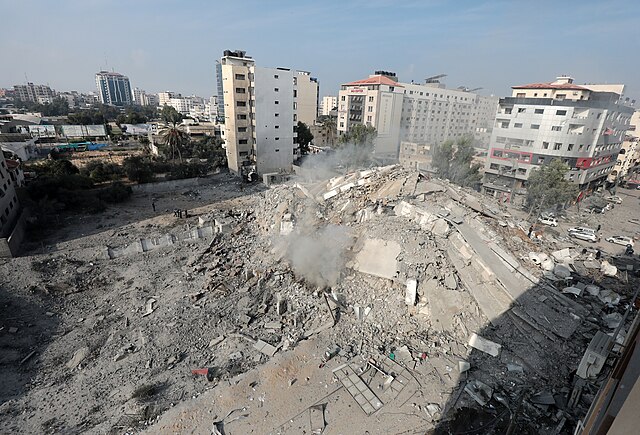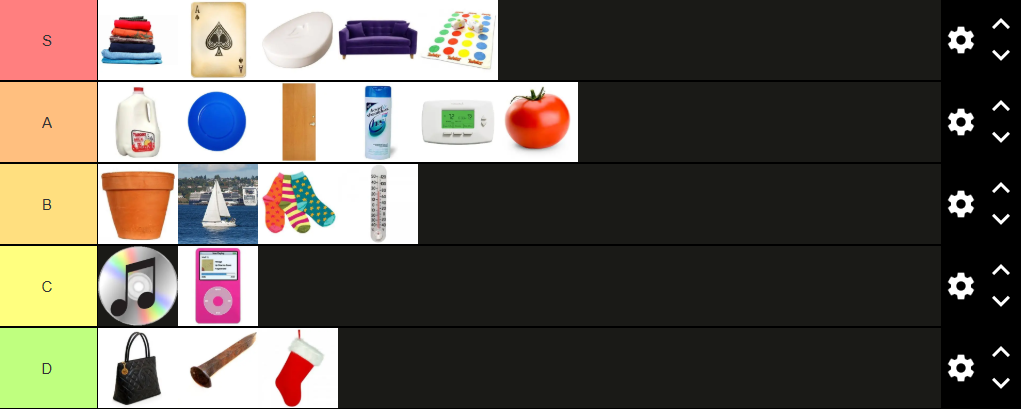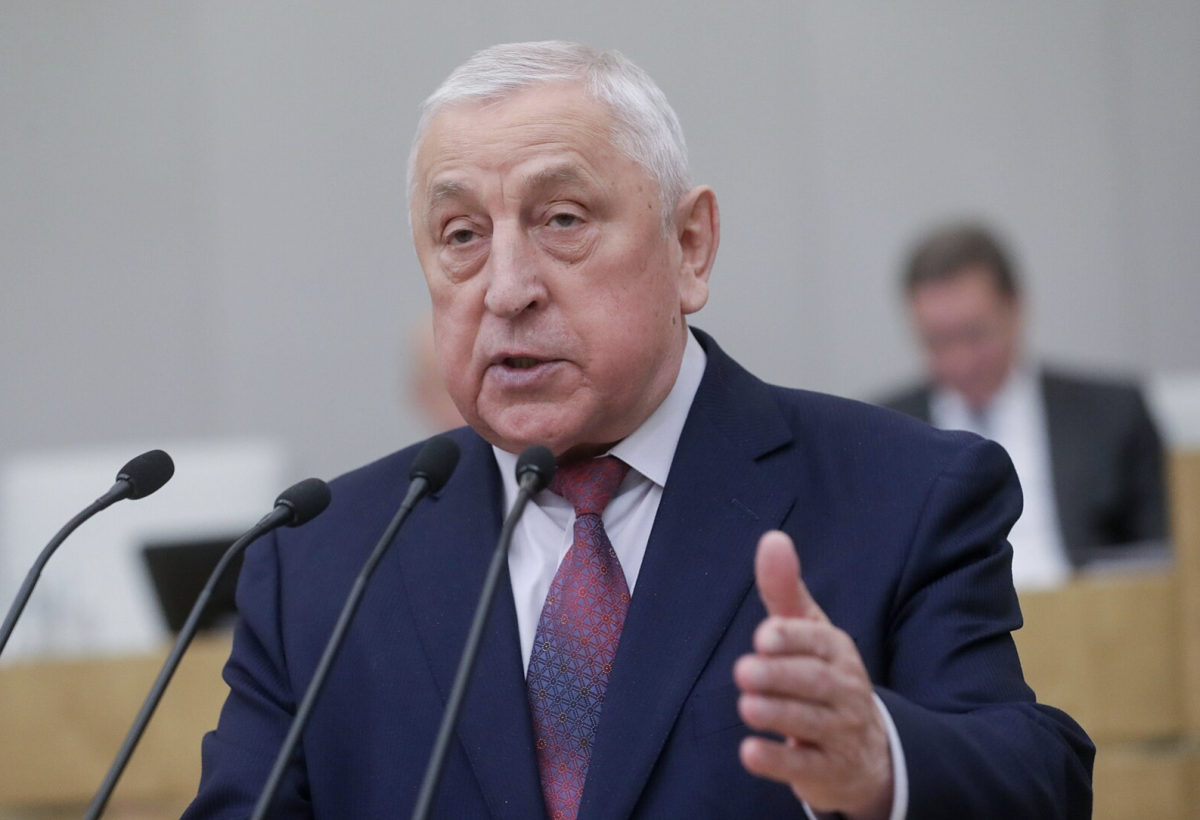In 1998, NATO began a strategic bombing campaign of Serbia in service of creating an independent state of Kosovo. This was one of the final acts of the brutal Yugoslav wars, a series of conflicts that foresaw the breakup of Yugoslavia into six new republics. It was also widely known for the media short-comings in the covering of possibly the most convoluted geo-political story of the 20th century.
To prop up support for an already unpopular and incoherent bombing campaign, President Bill Clinton told stories of genocide in Kosovo, which skeptics of the NATO campaign pointed out at the time as either a half-truth or a complete lie. Another criticism of Clinton was his failure to acknowledge NATO’s role in civilian casualties in Kosovo due to the around-the-clock air raids taking place during the war. Inconsistencies were rife in the media circus surrounding the war. One instance detailed by Arianna Huffington in a report for the Wilson Center involved the bombing of a Kosovar Albanian refugee convoy by NATO forces. Instead of admitting to the mistake, President Clinton “blamed the weather, terrain, and NATO command structure for the insufficient information.” Kosovo and the media circus surrounding was a masterclass in media perversion.
All this is to say that war-time reporting can be and is a messy process. Reporters on the ground are right on the front lines with soldiers in the conflict. In Iraq, reporters and journalists hunkered down with embattled American soldiers in Fallujah. The Second Battle of Fallujah took place over a grueling two months and saw the deaths of over 100 American soldiers. The snapshot of a marine being wounded trying to save his comrade in the streets of Fallujah became a defining image in the Iraq War. Iraq isn’t the only place where journalists are in the line of fire. The New York Times championed their coverage of the on-going Russian invasion of Ukraine with journalists on the ground everyday delivering updates. Their valuable work has provided around the clock updates and insight into the lives of war-torn refugees and soldiers still engaging in the fight.
Journalists are credited for helping cultivate the anti-war movement during the Vietnam War. Walter Cronkite of CBS News famously questioned the U.S involvement in Vietnam during his February 1968 report from the city of Hue by solemnly stating “It is increasingly clear to this reporter that the only rational way out then will be to negotiate, not as victors, but as an honorable people who lived up to their pledge to defend democracy, and did the best they could.” Daniel Ellsburg, a former military analyst for the U.S government, exposed the mishaps and lies of the U.S government through the Pentagon Papers. Journalists also helped expose atrocities at My Lai, one of the controversial war scandals of all time and a blight on American foreign policy for years. My Lai was only a drop in the bucket to the actual crimes being committed, but all it took was one photographer to break the code of silence surrounding the military operation in Vietnam. Journalism helps document war, its horrors and calamity, and helps end war through accurate portrayals and even the undermining of higher powers. Their importance can’t be overstated.
With the recent attacks in Israel, the media frenzy to explain the various factors of this war have created a sea of disinformation. X, the social media site formerly known as Twitter, failed to crackdown on 67 accounts posting recycled footage coming from conflicts like the Syrian Civil War or other Israeli-Palestinian conflicts. Some of these videos also included footage from video games claimed to be Hamas fighters downing an Israeli helicopter. X CEO Elon Musk posted on the site shortly after the invasion to follow a page called “@WarMonitor.” Before deleting the tweet, it was viewed 11 million times by users of the site. The War Monitor has come under fire for their tweets such as “the overwhelming majority of people in the media and banks are zionists.” Claims that the Biden Administration had already allocated 8 billion dollars to Israel were widely circulated and debunked.
Russian foreign policy advisors have played their hand in the spread of disinformation. The Guardian noted “The former Russian president Dmitry Medvedev, the deputy chair of the Russian Security Council, tweeted: ‘Well, Nato buddies, you’ve really got it, haven’t you? The weapons handed to the Nazi regime in Ukraine are now being actively used against Israel.’” Russia has been quick to capitalize on the recent war in Gaza, as it provides an avenue to undermine the Ukraine effort with the accusations that Hamas is receiving Ukrainian weapons provided by the U.S.
X is being used by the instigators of this conflict: Hamas. Israel21c reported “It [Hamas] is using an estimated 30,000 fake accounts on X (formerly Twitter), TikTok and other social-media platforms to churn out disinformation on an industrial scale and to gather sensitive details about its targets.” Hamas has been quick to spread disinformation to propagate their terror. A Gazan hospital full of refugees was struck by a rocket on Tuesday, with initial reports stating over 500 people were dead. Hamas was quick to call this yet another IDF atrocity, but U.S intelligence reports currently state the hospital was struck by an errant Palestinian missile, not an Israeli one.
Reporting surrounding this latest stage in the never ending Israel-Palestine conflict is paramount to establish a basis for the truth. Without a bona-fide standard for truth surrounding this conflict, people will die because of the irrational decisions of a few powerful people. That is why identifying manipulated media is so important.
How can people identify disinformation online? Syracuse University’s School of Information Studies has a five point program to identify disinformation. Among these instructions, finding and using reputable sources, analyzing the intent behind an article, and examining the content are ways the average newsreader can spot and stop disinformation from unknowingly spreading to others on social media.
The war in Gaza has no end in sight as of this writing. For the innocent people caught in the crossfire between the bastardized “freedom” fighters of Hamas and the Israeli state, we can only hope for their safety. We can only hope for an end to the atrocities, to the war, to the bombings, and to the killings. But until peace is achieved, we can only hope.






